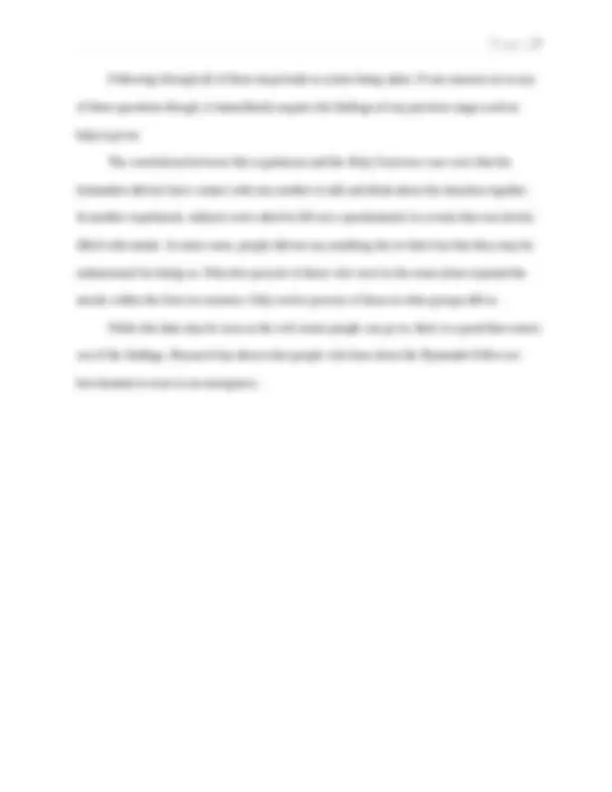



Study with the several resources on Docsity

Earn points by helping other students or get them with a premium plan


Prepare for your exams
Study with the several resources on Docsity

Earn points to download
Earn points by helping other students or get them with a premium plan
Community
Ask the community for help and clear up your study doubts
Discover the best universities in your country according to Docsity users
Free resources
Download our free guides on studying techniques, anxiety management strategies, and thesis advice from Docsity tutors
Material Type: Assignment; Class: Psychology; Subject: Psychology; University: Quinnipiac University; Term: Forever 1989;
Typology: Assignments
1 / 3

This page cannot be seen from the preview
Don't miss anything!


Jeff Abrahams Article Summary PS Professor Nuzzo Sept. 21, 2009 To Help or Not to Help The murder of Kitty Genovese was seen as a portal in the true nature of peoples’ willingness to aid another by John M. Darley and Bibb Latané. The two looked at the atrocity as a way to measure just how indifferent someone can be to the pain of another. In the 35 minutes that Genovese was murdered, 38 people witnessed the attack. Only one alerted the authorities, and the murderer got away for a time. Darley and Latané hypothesized that there was phenomenon behind the apathy in the Genovese case and in people in general. They coined the phrase diffusion of responsibility to mean that the more people that one witnesses at an emergency, the belief that someone else will do something about it also increases. The ideas that someone else will report the accident or another person is going to call the cops over the disturbance are examples of this. To try and measure this, Darley and Latané designed an experiment. In varying situations, college students would take part in what they were told was a conversation through an intercom with another student about the adjustment “to university life in a highly competitive, urban environment and what kinds of personal problems they were experiencing.” They would have two minutes to talk through their microphone before it was another student’s turn, however the “other” student’s response was merely a recording. The first group thought they were talking only to one other student, the second to two others, and the third to five. Each trial started the same – a recording of a student talked about his adjustment, but added that he suffered from seizures when under stress. The groups proceeded to each member,
however when it turned back to the “first person,” they started talking normally before suddenly having a seizure. Through the student’s speech, one could tell they were under duress. The students were given four minutes to respond and attempt to alert an authority figure before the experiment was terminated. The experiment’s findings were just as Darley and Latané had predicted. All of group one’s subjects alerted the experimenter, doing so in an average of less than one minute. On the other end of the spectrum, group three’s average took over three minutes. The idea that another person in the group would do it instead changed their behavior. This is called social influence. In our society, helping others is considered to be a positive action. When we refuse this call to action, it usually carries some form of negative connotation. If you are the only bystander, not helping will carry greater “negative consequences” rather than others being able to take on some of the responsibility for nonintervention. Another aspect that inhibits our reactions is known as evaluation apprehension. The idea that we will come off looking bad for helping someone – maybe someone who does not need help or should not be aided – can cause us to hesitate or not act at all. The fear of embarrassment causes us to relinquish the responsibility to help another human being. In analyzing the situation over taking action, we can sometimes miss our opportunity to make the necessary difference. At the end of their experiment, Darley and Latané developed a model to explain how one can perceive their role in an emergency.